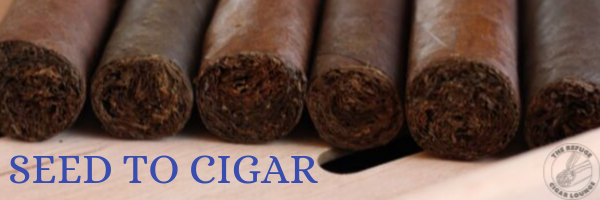After the leaves are properly re-hydrated through casing, the leaves that will be used for as a binder or wrapper go through a process to remove the central vein in each leaf. The left and right sides are kept separate, especially for wrapper leaves. There is a natural pattern that follows the natural form of the leaf when rolling the cigar. The leaves are then inspected, graded, and hand sorted into wrapper, binder, and filler tobacco.
The leaves are sent to the blender where they are separated down into the specific blends for each type of cigar made by that factory. These blends, or recipes, are highly guarded secrets and you won’t find any cigar maker handing out any hints. These recipes give the cigar its character and taste.
The filler is the heart of the cigar. It can be made of either long or short filler (Long filler = the strips of tobacco stretch the entire length of the cigar. Short filler = the tobacco pieces are cut up). As you can surmise, long filler is capable of producing a longer ash that short filler. There are also cigars with mixes of long and short filler and even some with “chopped” filler, but we’ll cover those another time.
Think of the binder as the blanket that holds the filler together. This is tricky as the leaf must be strong enough to do the job, but have a complimentary flavor to the filler blend. A sign of a premium cigar is having a binder made from natural tobacco leaf and not a homogenized binder (a combination of leaf particles and cellulose).
And then we have the wrapper. The aesthetically pleasing look of the cigar that can also provide 30-60% of the flavor. Cigars are most often selected based on the look, texture, color, and aroma of the wrapper. If the cigar is not pleasing to the eye, it won’t matter how good it smokes, since chances are, it won’t make it off the shelf.
Next week, we will discuss the three different ways in which cigars are made. Then the following week we will wrap up this series.

